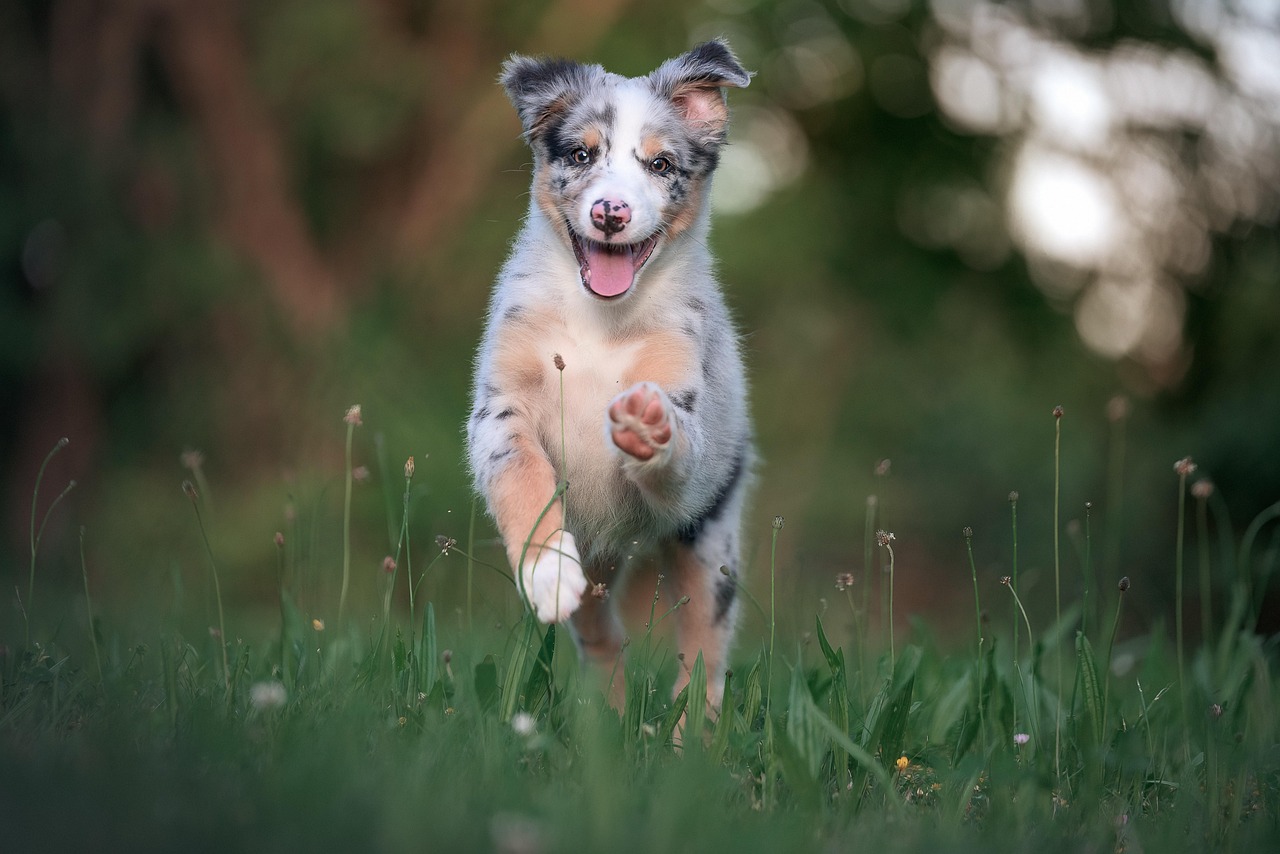Teaching Kids the Art of Dog Training: Top 10 Techniques
Dog training is a process that requires consistency, patience, and a clear understanding of canine behavior. For kids, participating in dog training can offer educational benefits, life skills, and instill a sense of responsibility. Whether it’s a family dog or a new puppy, teaching kids the basic principles of dog training can be a bonding and enriching experience. This, therefore, is an easy-to-understand guide on dog training for kids.
Understanding Dog Behavior
Before children embark on the journey of training their dogs, it is essential they comprehend canine behavior. Dogs, like us, have feelings and emotions but they express them differently than humans. Dogs learn through association, and they respond to commands based on the reward or consequence associated with it.
Understanding dog behavior can help kids effectively communicate with their dogs, making the training process more manageable and fulfilling.
Here is an example: if a dog jumps up excitedly when people come home, this behavior is reinforced whenever someone pets the dog or gives it attention despite the intrusive action. Yet, if we ignore the dog or gently push it down while saying ‘Down’ and only offer attention when the dog sits or stays calm, the dog will eventually associate calm behavior with receiving attention.

Starting Simple: Basic Dog Commands
Having grasped how dogs learn, kids can start training their dogs by teaching them simple commands. Here are a few basic orders that children can learn to teach.
Sit
The ‘Sit’ command is typically the first command taught during dog training. Kids can hold a treat over the dog’s head and say ‘Sit.’ The dog will naturally lower its bottom to the ground. When this happens, kids should give the dog the treat and mark the success with positive reinforcement, like “Good Job!”
Stay
The ‘Stay’ command gets more complex as it requires even more discipline from the dog. After the dog has learned to sit, kids can move a few steps back while giving the ‘Stay’ command. If successful, kids should praise the dog and offer a treat.
Come
The ‘Come’ command, vital for safety reasons, requires the dog to return to the kid. Using a leash during this training can be beneficial. Kids can gently pull the leash towards themselves as they say ‘Come.’ Once the dog obeys, rewarding with a treat will reinforce this behavior.

Incorporating Dog Training into a Routine
Children should be encouraged to incorporate dog training into their daily routines. Regular walks, playtime, and meal times can all become opportunities for reinforcing taught commands, thereby enhancing the dog’s learning experience.
Consistency is key in dog training. Dogs need regular practice to grasp, remember, and obey commands. Mixing up commands, providing irregular training sessions, or failing to follow up on commands confuses the dog.

Frequently Asked Questions
The following FAQs cover more insights on dog training for kids.
How old should a child be to train a dog?
Children can start effectively training dogs from around six years old, with adult supervision. This, of course, depends on the individual child and the specific dog.
What if the dog doesn’t respond to commands?
A dog may not respond to commands if it doesn’t understand. Patience, repeated practice, and consistency will help the dog grasp what is required.
Can children train all breeds of dogs?
Yes, with proper guidance, children can train all breeds of dogs. However, certain breeds might require more experienced handling.

Conclusion
Teaching dog training principles to kids can be a rewarding exercise. It not only teaches responsibility but also helps build stronger bonds between children and their pets.
Kids should be educated about canine behavior prior to initiating the training process. Starting with straightforward commands, they can gradually adopt more complex instructions. Consistency and patience are crucial elements of this journey.
The journey might face a few hurdles, but each small win can be a significant step for the child and the dog. With the right approach, dog training can add a beneficial dimension to the child-dog relationship.
[IMAGE5] [IMAGE6]



